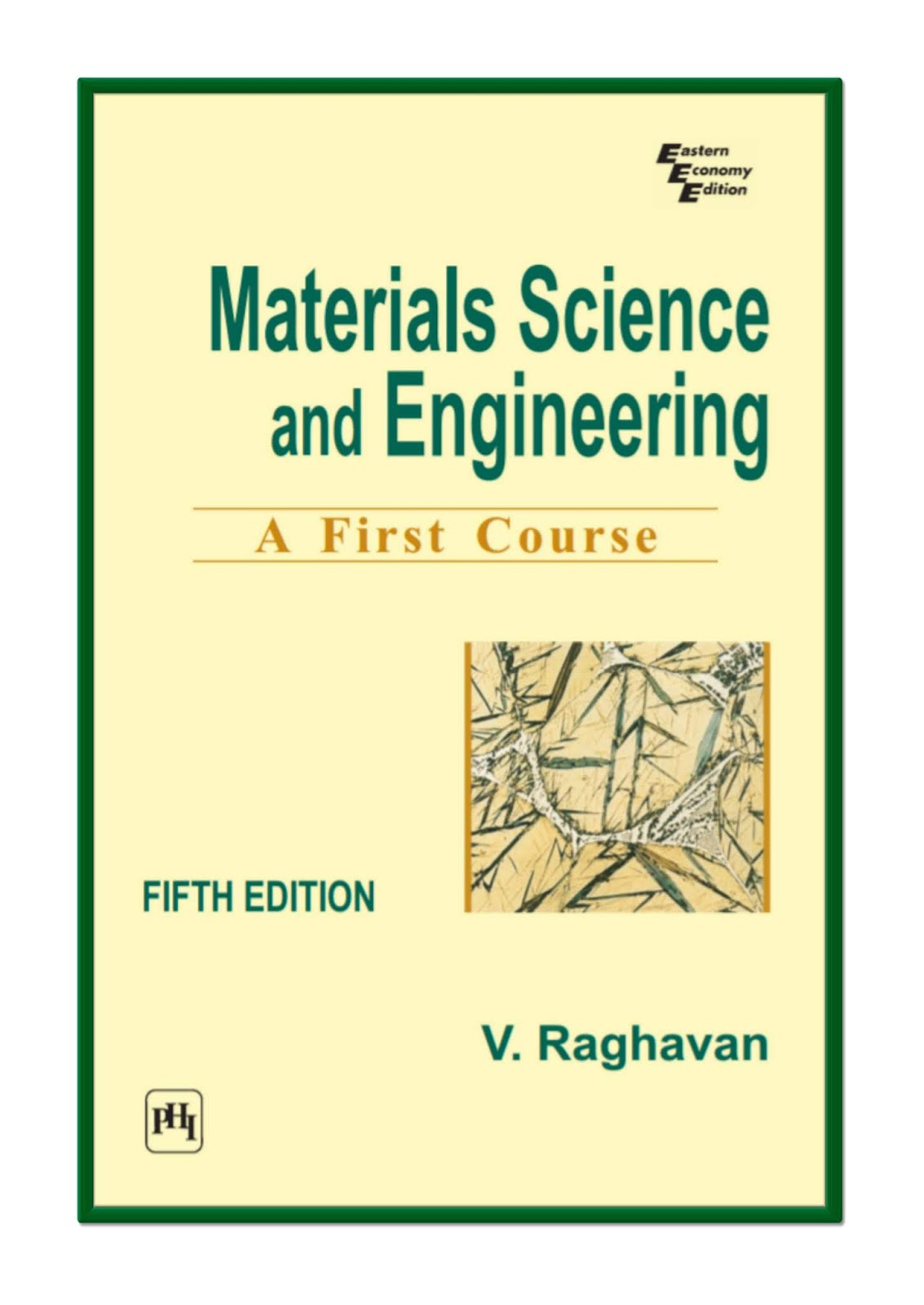

1-2C (a) The driving force for heat transfer is the temperature difference. Heat transfer, on the other hand, deals with the rate of heat transfer as well as the temperature distribution within the system at a specified time.

… The book ends with some studies about flames, linear viscoelasticity and shape memory alloys.1-1C Thermodynamics deals with the amount of heat transfer as a system undergoes a process from one equilibrium state to another. … The authors formulate and exploit the second law of thermodynamics, together with the concept of entropy. The book contains also many historical annotations and many mini-biographies of the pioneers. … The interesting feature of the book is that all applications are described using the rigorous concepts of thermodynamics. “This is a remarkable book, which presents in a systematic way the fundamental aspects of classical thermodynamics. Mathematicians involved in partial differential equations (pde) will find the physical and historical context which leads to the famous heat or wave equations, among other pdes.” (Alain Brillard, Zentralblatt MATH, Vol. Engineers will find here an historical complete introduction of thermodynamics going to modern developments. … The whole book is also illustrated with many figures and many historical notes concerning the pioneers of the thermodynamics. “The book is divided in twelve chapters which describe the fundamentals of thermodynamics and many applications, mainly in machines or chemical reactions.

It is therefore natural that thermodynamics is prone to mutilation different group-specific meta-thermodynamics’ have emerged which serve the interest of the groups under most circumstances and leave out aspects that are not often needed in their fields. For some it is enough to consider a well-stirred tank, for others a s- tionary nozzle flow is essential, and yet others are well-served with the partial d- ferential equation of heat conduction. Not all of these professional groups need the full depth and breadth of ther- dynamics.



 0 kommentar(er)
0 kommentar(er)
